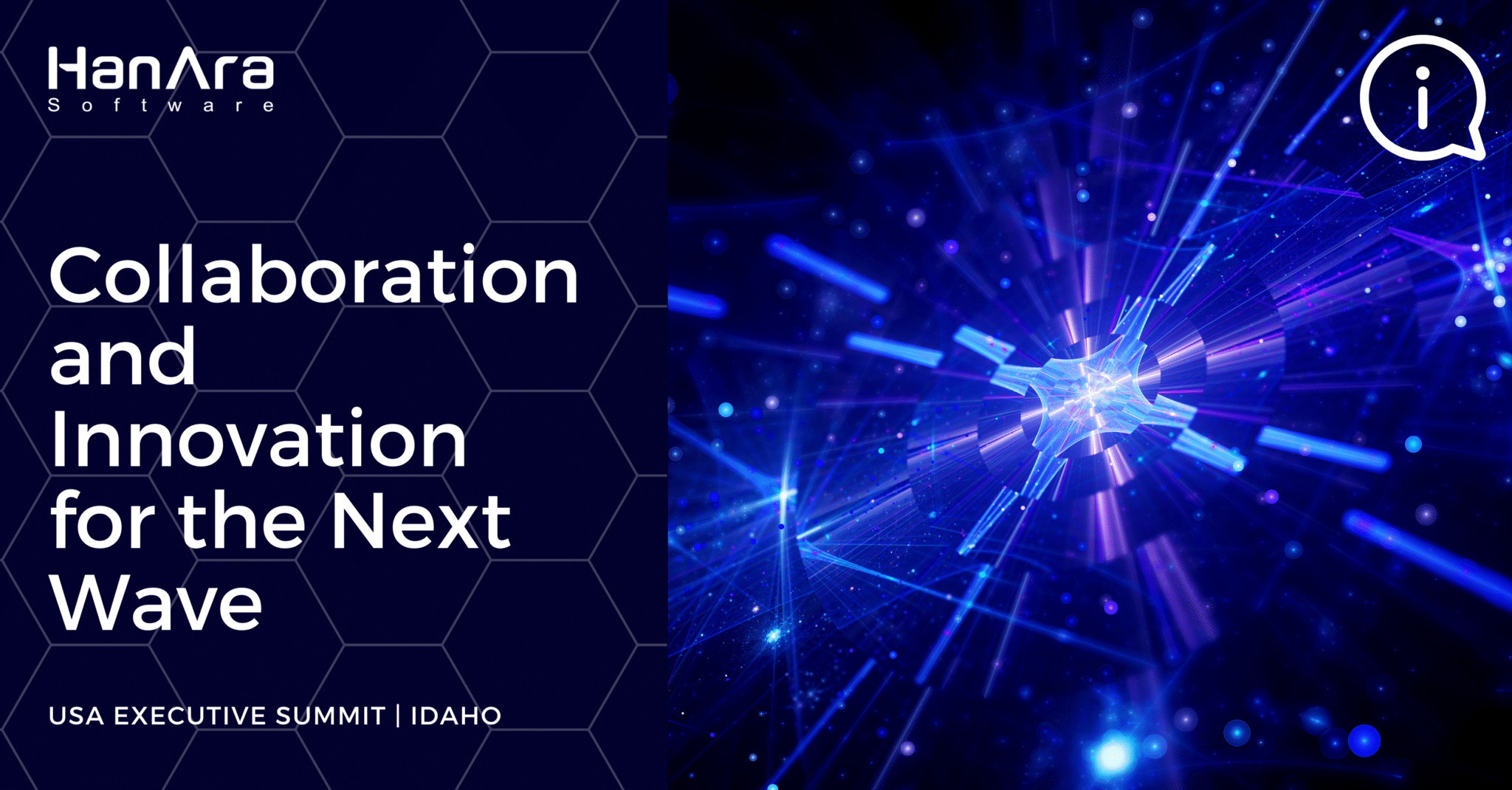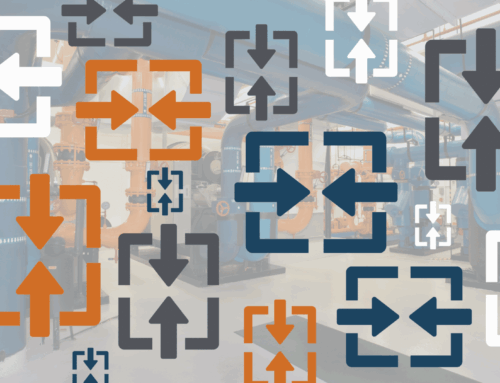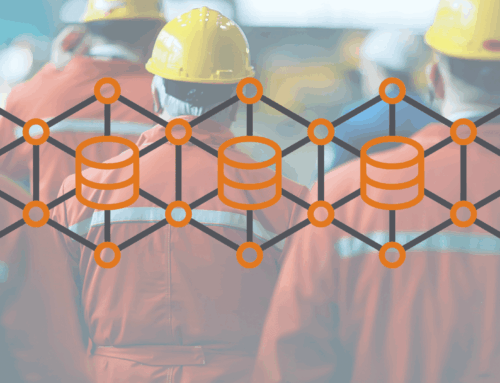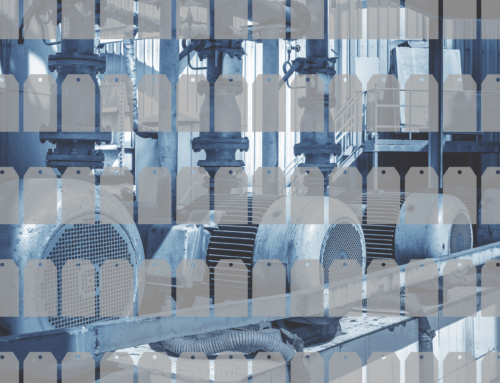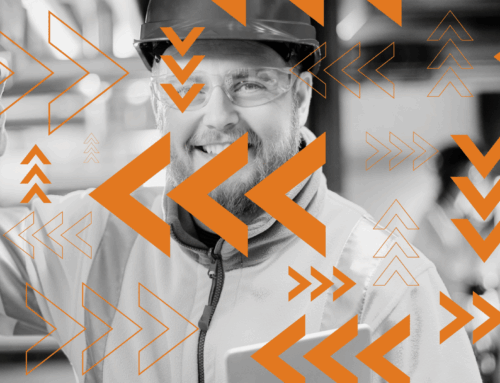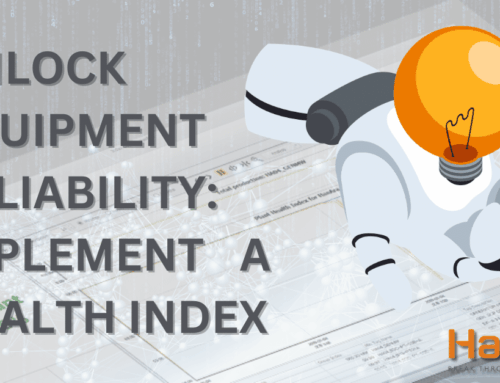The HanAra team recently participated in our first Utilities Service Alliance Nuclear Generator & Supplier Executive Summit. We were able to attend the event with our parent company BNF Technology and our Korean customer KHNP. Together we met with industry experts, end users, and vendors to discuss the future of the nuclear industry and its next wave.
After a week of engaging dialogue with members from across the industry, HanAra came away with three main takeaways:
1. A culture of safety and a culture of performance still go together.
A safe environment is not at odds with a productive environment. Providing your people with the necessary training, resources, and climate to work safely and efficiently has a significant (and sustainable) positive impact on performance. By eliminating safety risks, your people will have more capacity to focus on other areas of priority including equipment optimization.
Understanding this link between safety and performance, the nuclear industry has seen increasing returns over the years. Even as the industry continues to experience high levels of safety and performance, there are still gains to be made. To make these gains in the coming years, organizations are enhancing their risk-informed strategy.
One method to improve a risk-informed strategy is leveraging technology to better evaluate and analyze risks across the field. For example, asset performance management solutions help organizations identify potential and hidden failures in advance. By being able to eliminate anomalies before they turn into a functional failure or worse a catastrophic failure, an organization not only creates a safer work environment but also keeps the system up and running.
2. End user-vendor collaboration leads to innovation.
To continue to operate safely and effectively, the industry must have the necessary resources now and in the future. Unfortunately, delays and disruptions in the supply chain represent a significant potential risk. To combat this, organizations are focusing on creating partnership relationships, not transactional relationships, with their vendors.
At the very foundation of this type of partnership are open lines of communication. This was on display throughout the summit as end users and vendors alike shared their successes and their challenges. This openness allows for improved alignment. And this alignment enables both vendors and end users to plan and prepare for future demands and requirements on the supply chain.
Beyond ensuring a strong and sustainable supply chain, these partnerships between utilities and their vendors foster the necessary grounds for collaboration for innovation. Sharing current challenges and limitations across organizations expands the brain power to develop solutions. This collaboration is how the industry will be ready for the current challenges from climate change to a changing workforce.
3. Innovation is important but value is required.
From small modular reactors to artificial intelligence, there have been significant advances made in the industrial space. The industry has proven some and will review additional tech in the coming years. The main question about the future of this coming innovation is twofold: 1) does it work and 2) does the value scale?
Does it work is the first step and where much time in research and development is spent. After research and development come testing in the real world. This question goes beyond proving a technology works in a laboratory or a simulation where you can control the inputs. In the real world, there will always be inputs and impacts uncovered. So, to answer the question of does it work, the technology must be tried and tested in the real world through pilots.
During the testing stage, the answer to the question does the value scale becomes clearer. Beyond the direct value, real-world implementation shines a light on the indirect benefits and costs of technology. As advances continue in the industry, the ability for the value to scale will determine the path forward and degree of success.
Ready to Learn More
Missed us at our booth at the summit this year, check out our upcoming events here or reach out directly to schedule a call.
And to learn more about how our customers improve their decision-making process with our data historian HanPrism and predictive maintenance solution HanPHI, follow our LinkedIn page!
